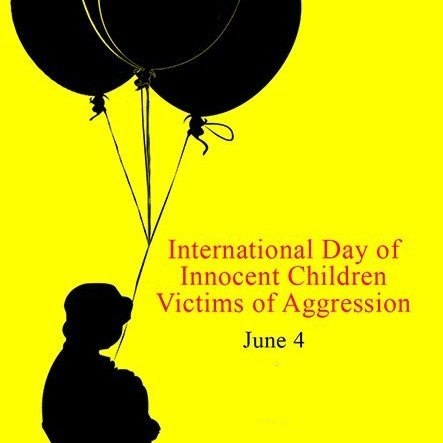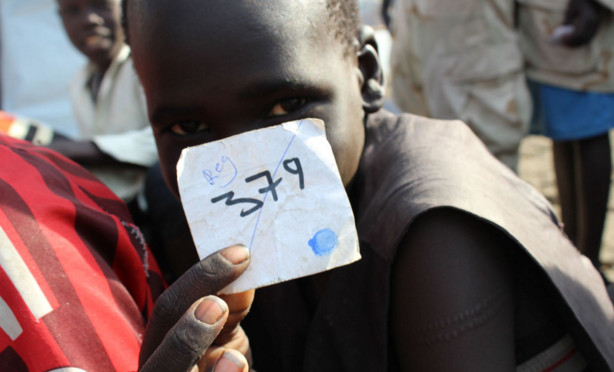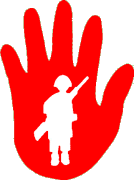 End Violence Against Children
End Violence Against Children
One in every six children live in conflict zones. Each day these children must navigate extreme risks of violence, psychological trauma, abduction, and abuse.
And thousands of these children are caught in the eye of storm each year, recruited and used as soldiers in armed conflicts across the world. Between 2005 and 2020, more than 93,000 children were recruited and used by armed groups. 8,500 of these cases were reported to authorities in 2020 alone, and the actual number of cases is believed to be much higher.
On 12 February, Red Hand Day is catalysing advocacy efforts from around the world to raise awareness about children recruited for armed conflict. Civil society, governments and international organisations are coming together to demand that children not be used in armed groups or other military units and to promote peace, aid and support for child soldiers.
No child should be a soldier in combat
Children in combat is more than just a child holding a weapon. Those recruited are forced into hardorzous child labour, hired as spies or looters, and forced to kill. Recruited children are often taken in by force, abduction, or even compelled by families for income and food.
There is risk of abuse and sexual violence, especially for girls. Trafficking of children, particularly for sexual exploitation which disproportionately affects young girls and women, has been found in all conflict areas across the world.
Since 2002, the UN has instated the Optional Protocol on the Involvement of Children in Armed Conflict in the Convention of the Rights of the Child. Ratified by 172 countries, it states the commitment that children under the age of 18 should not participate in military organisations of any kind and that recruitment for such purposes must be actively prevented. Yet, the UN’s 2021 report on Children and Armed Conflict notes that at least 15 countries have cases of recruitment and use of children in settings that need humanitarian assistance.
 The United Nations’ (UN) International Day of Innocent Children Victims of Aggression is observed on June 4 each year. The purpose of the day is to acknowledge the pain suffered by children throughout the world who are the victims of physical, mental and emotional abuse. This day affirms the UN’s commitment to protect the rights of children.
The United Nations’ (UN) International Day of Innocent Children Victims of Aggression is observed on June 4 each year. The purpose of the day is to acknowledge the pain suffered by children throughout the world who are the victims of physical, mental and emotional abuse. This day affirms the UN’s commitment to protect the rights of children. world. “Again this year, the multiplication of conflicts and the brutality of tactics of war have made children extremely vulnerable to recruitment and use,” said Leila Zerrougui, the Special Representative of the Secretary-General for Children and Armed Conflict.
world. “Again this year, the multiplication of conflicts and the brutality of tactics of war have made children extremely vulnerable to recruitment and use,” said Leila Zerrougui, the Special Representative of the Secretary-General for Children and Armed Conflict.
